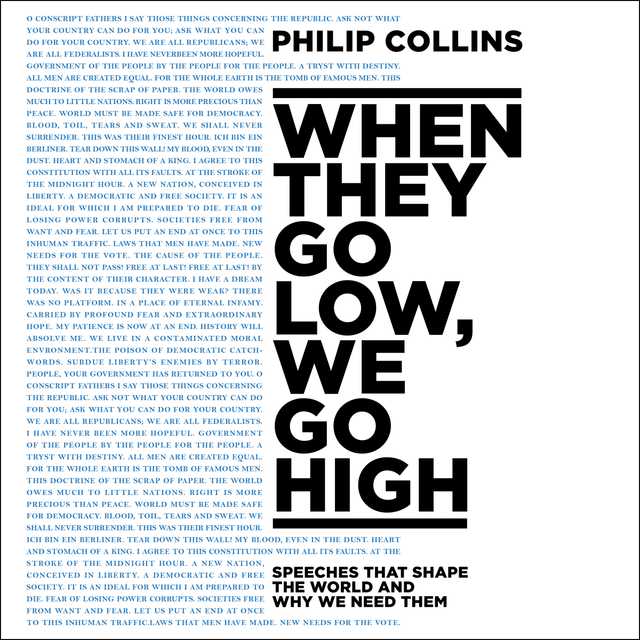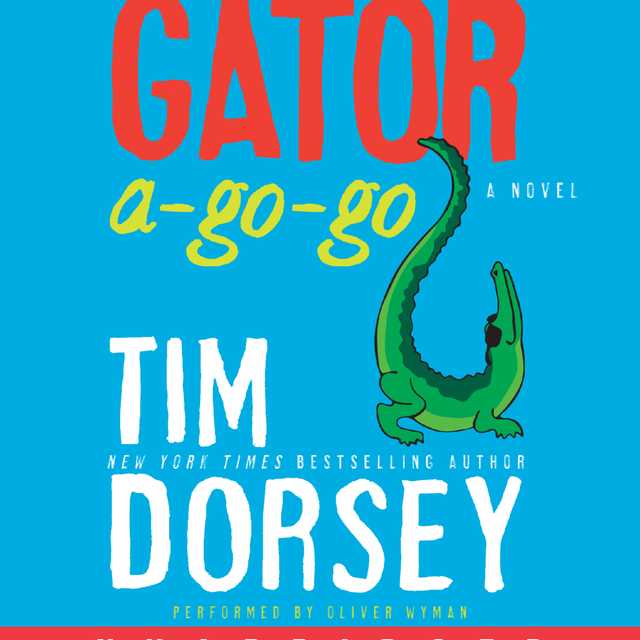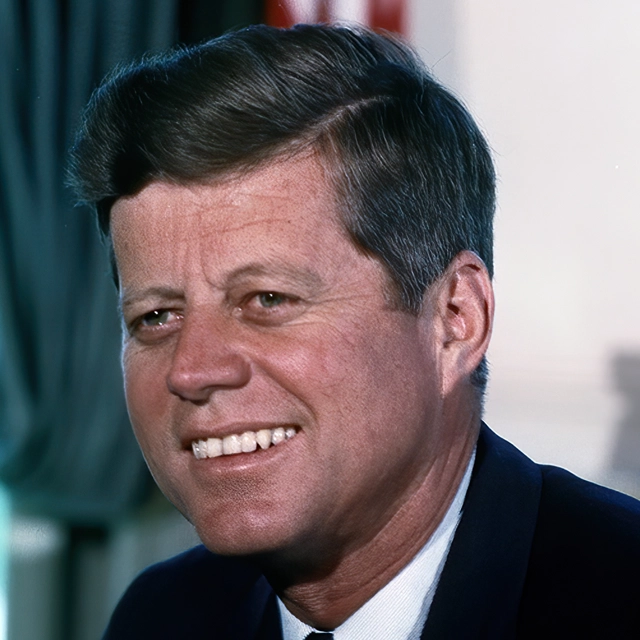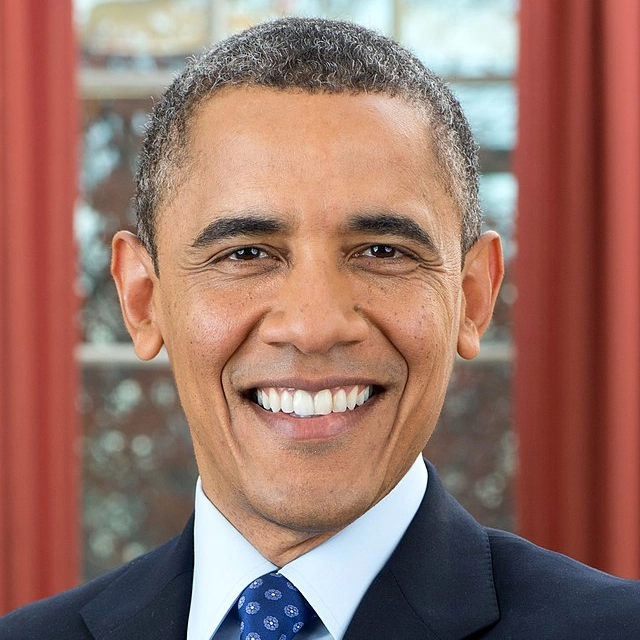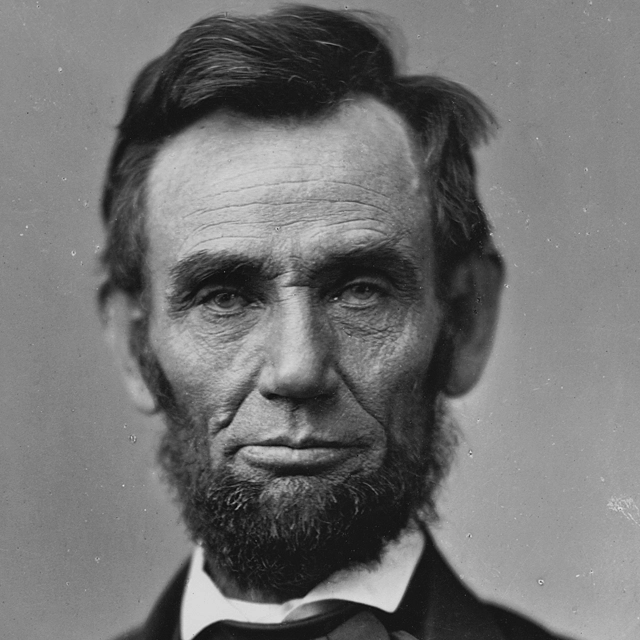Rescue at Los Banos Audiobook Summary
From the bestselling author of Hero Found comes the incredible true story of one of the greatest military rescues of all time, the 1945 World War II prison camp raid at Los Banos in the Philippines–a tale of daring, courage, and heroism that joins the ranks of Ghost Soldiers, Unbroken, and The Boys of Pointe du Hoc.
In February 1945, as the U.S. victory in the Pacific drew nearer, the Japanese army grew desperate, and its soldiers guarding U.S. and Allied POWs more sadistic. Starved, shot and beaten, many of the 2,146 prisoners of the Los Banos prison camp in the Philippines–most of them American men, women and children–would not survive much longer unless rescued soon.
Deeply concerned about the half-starved and ill-treated prisoners, General Douglas MacArthur assigned to the 11th Airborne Division a dangerous rescue mission deep behind enemy lines that became a deadly race against the clock. The Los Banos raid would become one of the greatest triumphs of that war or any war; hailed years later by Chairman of the Joint Chiefs of Staff, General Colin Powell: “I doubt that any airborne unit in the world will ever be able to rival the Los Banos prison raid. It is the textbook operation for all ages and all armies.”
Combining personal interviews, diaries, correspondence, memoirs, and archival research, Rescue at Los Banos tells the story of a remarkable group of prisoners–whose courage and fortitude helped them overcome hardship, deprivation, and cruelty–and of the young American soldiers and Filipino guerrillas who risked their lives to save them.
Other Top Audiobooks
Rescue at Los Banos Audiobook Narrator
Brett Barry is the narrator of Rescue at Los Banos audiobook that was written by Bruce Henderson
Bruce Henderson has written more than twenty books, including the national bestseller Hero Found and Rescue at Los Baños. Henderson served aboard the aircraft carrier USS Ranger (CVA-61) during the Vietnam War. He lives in Menlo Park, California.
About the Author(s) of Rescue at Los Banos
Bruce Henderson is the author of Rescue at Los Banos
More From the Same
- Author : Bruce Henderson
- Trace Evidence
- Hero Found
- Down to the Sea
- Sons and Soldiers
- Bridge to the Sun
- Publisher : HarperAudio
- Abraham
- American Gods [TV Tie-In]
- Dead Ringer
- House of Sand and Fog
- Prey
Rescue at Los Banos Full Details
| Narrator | Brett Barry |
| Length | 9 hours 54 minutes |
| Author | Bruce Henderson |
| Category | |
| Publisher | HarperAudio |
| Release date | March 31, 2015 |
| ISBN | 9780062373854 |
Subjects
The publisher of the Rescue at Los Banos is HarperAudio. includes the following subjects: The BISAC Subject Code is 20th Century, History, United States
Additional info
The publisher of the Rescue at Los Banos is HarperAudio. The imprint is HarperAudio. It is supplied by HarperAudio. The ISBN-13 is 9780062373854.
Global Availability
This book is only available in the United States.
Goodreads Reviews
Charlie
April 08, 2019
Bought this WW2 book at the low tier Half-Price book store and sure got a bargain at $2. Don't know how Bruce Henderson put all this together but it was one of the most interesting WW2 rescue stories I have read. Several thousand prisoners were starving to death that were held by the Japanese. They had to be rescued immediately. How it was done was remarkable. A must read. Ps -- my grammar correction said I should use WAS and not WERE (that were held). I did not change. So was I wrong?
A.L.
December 29, 2018
This was such a cool true story about US airborne troops and Filipino guerillas rescuing 2,000+ starving men, women, children, and infants held in an internment camp by the Japanese during WWII.The author focused on a relatively small group, so that made the story easy to follow, but he selected a variety of people—both rescued and rescuers. As the rescue drew near, I found myself looking for things to do so I could keep listening to the audiobook. I had kind of mixed feelings about the epilogue—part of it was transcripts from the Japanese commander’s war crimes trial. It was kind of dry, but the rest of the epilogue was great. (IMPORTANT LIFE LESSON: Don’t try to mug a former paratrooper, even if he’s been out of the army for decades and needs a cane to help him walk.)
Sweetwilliam
May 29, 2020
Rescue at Los Banos is another one of those greatest stories that you have never heard of. This time, the US 11th Airborne troops and Filipino guerillas are liberating a civilian internment camp from the Japanese. The Japanese were purposely trying to starve their captives by continuing to cut their rations until finally, the daily ration was reduced to 400 calories. In their final weeks of captivity, the internees were given their 400 calories in the form of unhulled rice. Meanwhile, the surrounding jungle produced bountiful fruit that was rotting on the vine. Civilians were needlessly starving to death in their sleep. The Japanese had killed a number of civilians that had tried to sneak out of the camp to forage for food. Also, the Japanese had recently had the internees dig what looked to be a mass burial site. The plot of the book is very similar to Hampton Sides’ Ghost Soldiers. I’ve read other books about Japanese run concentration camps such as Unbroken, As Good as Dead, Ship of Ghosts. This one was about as good as any of those. The author, Bruce Henderson, has solved the riddle of how to make history interesting and readable to a broad audience. I only required about fifty pages of reading before I was hooked and then I couldn’t put it down and I finished it in three or four sittings. To me, this is the sign of a good book. This book is a little different than some of the others. The internees were civilians. I had a little trouble feeling remorse for the internee that was the wife of a man on the Bataan Death March. She dumped her hero husband for another internee and bore his child in camp. I guess that is reality and Bruce Henderson didn't try to sugarcoat it. The book also contains an interesting footnote about Japanese Commandants being given an order to be as cruel as possible. I believe that it is true in this book and others that each succeeding camp commandant always seemed to be crueler than the last. This may explain why. What amazed me is how intricate the rescue plan was and how it worked to perfection with so many elements that could have gone wrong. Even the evacuation of prisoners could have been intercepted by Japanese planes or ships! This occurred after two prior very successful rescue operations. You think they would have been alert for this rescue. This book has a happy ending in that the commandant, Sadaaki Konishi was caught and hanged as a war criminal after the war. It’s too bad they couldn’t have hanged him twice.
carl
August 14, 2019
An exciting read from the start. Not even a prelude, forward or introduction, Chapter 1 - get going ! Author Henderson uses the point of view of several men, women and children who happened to be in the Philippines when the Japanese invade in December, 1941. Pre-war in the islands is a romanticized, idyllic time, the calm before the storm, good pay, the Pan Am Clippers gliding into the lagoon, exotic locales for the typical American who was sent there for work or the military, away from the economic depression back home. Initially the civilians of various Allied nationalities and military females, such as nurses, were rounded up and placed in the infamous St Thomas internment camp in Manilla. To relieve overcrowding about 2,000 were sent away to the new, countryside camp in Los Banos, away from the big city restrictions and amidst plentiful farmland, to which was hopefully a better place to stay if you have to be in a camp. But the Japanese weren’t of the type to let them take advantage of all the easily available food sources. We also see the building dramatic point of view of the military and guerrilla groups as they fight in the Philippines and eventually are assigned the task of planning a trip behind enemy lines for an early rescue of the over 2,000 people at Los Banos. As there are men and women in the camp, romance does happen. While it is factual, and in no way overly indulged in, you can just feel the author thinking, ahh a war story with love angle in it, this will be good in a movie ! There are a variety of photos and an appendix of the Camp Roster. I read this in a couple days, quick for me, and by the end I was ready to parachute into enemy territory !
Steve
April 17, 2020
For me I would rank this with Unbroken and Ghost Soldiers. Unlike the Cabanatuan POW raid led by the 6th Ranger Battalion, U.S. Army, This was a raid unknown at Los Banos, a interment camp in the Philippines. In 1945, the 11th Airborne Division of the United States Army raided the POW camp at Los Banos and rescued the POW's.
Mike
May 15, 2015
Not just another retelling of the near-perfect rescue of over 2,100 civilian internees who were right on the cusp of being executed en masse or dying a not so slow death from starvation and disease. I have read a few other books about this raid over the years so I was unprepared to discover characters that either were missing from previous books or just given a cursory description. Henderson added more of the human element to the fantastic success of the Los Banos raid. The only area that could have been a little more detailed was that of some of the guerrilla forces and Filipinos who sacrificed and suffered so much during the brutal Japanese occupation of the island nation.It is hard to imagine a raid/prisoner rescue of this scale happening again with so much going right and so little going wrong.There was even an element of suspense in the end to find out if one of the more more inhumane jailers escaped the hangman's noose.AATW
m.
December 18, 2016
fascinating read but man it is so strange to read about atrocities that took place in a place you're familiar with. loved the perspectives henderson went with as i don't find a lot of ww2 books that focus on the military operation as well as the experience of the civilian prisoners of war. the build-up was simply fantastic though the pacing was uneven at times. great account of a successful military operation (zero civilian casualty! during the liberation of 1500+ internees!) that has largely remained a footnote in history.okay, it's more of a 4.5 because the pacing really threw me off at times but what the hell, i'm homesick and i get to go back to my hometown 15 miles away from los banos as soon as i finish a paper on this book, so
Mary
October 18, 2022
A truly inspiring story yet so hard to read... I found myself bogged down whenever the story switched to the American rescue efforts. The stories of the internees were powerful but often too horrible to read. This is a story that should not be left behind. We need to know what the world is capable of. This might have gotten a 5-star rating if I hadn't already read "Ghost Soldiers" by Hampton Sides which is about the first daring rescue of prisoners of war at a different camp not far from Los Banos.
Nancy
July 08, 2017
Highly researchedSo much attention is given to the European war theatre that we forget how brutal the Pacific war was. My father served in the navy on an aircraft carrier so I was fascinated with this book.
Mal
July 22, 2020
Early in 1945, as the Nazi regime began to crumble and American soldiers, marines, and sailors relentlessly pushed ever closer toward the Japanese home islands, two thousand civilian prisoners of war, mostly Americans, suffered indescribable deprivation at the hands of a sadistic prison camp commander, deep in a Philippine jungle. Their story—and that of their liberators—is brilliantly told in Bruce Henderson‘s Rescue at Los Baños. It’s a tale of courage and resourcefulness that illuminates one of the most revealing chapters in the history of World War II.A disturbing account of an episode in a war so many ignoreAs best I can tell, the overwhelming majority of books in English about World War II center on the conflict in Europe. This seems to be the case even though the war in the Pacific was more protracted—starting in 1937 rather than 1939—and was arguably more consequential geopolitically than the European war. The map in Asia was massively changed, with three of the world’s most populous countries—China, India, and Indonesia—gaining their independence from European colonialists in the war’s aftermath.Of course, it’s true that casualties were far lighter in the Pacific, perhaps totaling twenty to twenty-five million on all sides compared to as many as one hundred million or more in Europe. But there’s no denying the ferocity of the fighting between the Japanese and the Allies. Nor did Imperial Japan take a back seat to Nazi Germany in the fanaticism and cruelty of its fighting men. And that cruelty is reflected in high relief in Bruce Henderson’s terrific account of “the most daring prison camp raid of World War II.”A military enterprise of staggering complexityI’m not aware that any film has been produced about the Los Baños prison camp rescue. If so, it must have proven to be a monumental challenge to the producers and scriptwriters. Henderson’s story of the raid reveals it in all its staggering complexity, highlighting the role played by its planners in US Army intelligence. Still, Rescue at Los Baños reads much like a novel, featuring the experiences of a dozen key figures in the raid, including Army soldiers and paratroopers, prisoners, and Philippine guerrillas. This is a story of ordinary people rising to extraordinary heights of performance.I have no idea whether the raid on Los Baños was indeed the most daring of World War II. But it was surely the most spectacular, involving near-simultaneous attacks by at least half a dozen different units coming at the camp from every conceivable angle. And it was spectacularly successful. Just three US combatants and two Philippine guerrillas died in the operation. The Japanese lost hundreds of soldiers to death or capture. There were “no civilian fatalities.”The raid was spectacular. So, why wasn’t it famous?Those Army intelligence planners couldn’t possibly have come up with a better subject for a book. It should not be surprising that, as the author discloses in the book’s appendix that lists the Dramatis Personae, “the Los Baños rescue mission became a legendary benchmark for military intelligence, planning, and execution of a raid behind enemy lines, and has been studied at military staff and command schools in the United States and elsewhere.”So, why did the Los Baños prison camp rescue receive so little attention at the time? Henderson explains that it “was not a case of wartime censorship. For on February 23, 1945, the same day as the raid, a combat photographer named Joe Rosenthal snapped an image of five soon-to-be-famous U. S. Marines raising the Stars and Stripes atop Mount Suribachi at a place called Iwo Jima.”
Don
April 22, 2018
This was a very interesting book describing the confinement of civilians and the subsequent rescue of a prison camp at Los Banos.During World War II, the Japanese took control of the Philippines and rounded up local people, some military but mostly civilians. They kept them in a camp, and while it could not be considered "fun" or "easy", they had a committee set up that allowed them to speak with the commander of the camp about issues concerning the prisoners. That began to change when the US military turned the tide of the war. As they drew closer and closer to the Philippines, the sadistic camp administration, essentially led by Sadaaki Konishi started to starve, beat, and shoot the prisoners.The 11th Airborne division was given the mission of rescuing these people. With the help of a few escapees from the camp, along with Philippine guerrillas, they started to plan the raid. One of the concerns were how to best launch the attack without the Japanese in the camp turning and killing the prisoners in response. A key piece of planning information came from one of the camp escapees: the Japanese always put aside their weapons and with the exception of a couple of guards, had an all hands calisthenic routine. It was determined that this would be the time that they would coordinate the raid on Los Banos, as it would be safer for both the 11th Airborne division as well as the camp prisoners. This was a book about a prison camp where atrocities occurred that were almost as bad as the ones in German prison camps. The book interweaves the personal stories of various camp internees with the how members of the US military planned, (sometimes secretly) and eventually fought their way back to the Philippines. Though it is a non-fiction book, it is not dry reading as the author fleshes out the real life characters involved with this lesser known chapter of World War II. I would recommend this book to people who love history, especially World War II, as well as those who are keen on what can be appropriately described as a human interest story.
DanielL
August 17, 2017
So far in 2017, I’ve read over 15 non-fiction and fiction books. I haven’t given out too many FIVE STARS, but Rescue at Los Baños: The Most Daring Prison Camp Raid of World War II by Bruce Henderson is very worthy of FIVE STARS.From the opening page to end, Rescue at Los Baños: The Most Daring Prison Camp Raid of World War II had me enthralled. It was so well written and researched. At first, I thought it would only be about the actual rescue, but instead the book gives readers the individual stories before, during, and after the war of the POWs / internees, the military men who conducted the rescue, and the Filipino guerrillas. It also gives a good, but limited insight, into the preparation and the actual land battles to liberate the Philippines. It does, however, give a very good insight into the preparation and the rescue at Los Banos. In addition to revealing what happened to the “good guys” after the war, Bruce Henderson also revealed what happened to the Japanese military officers who guarded the POWs / internees. I thought that this was interesting since my dad was captured on Wake Island and held by the Japanese in prison camps in China and Japan. My dad never talked about his POW experience to anyone. After he died in the 1980’s, the internet allowed me to learn more about his experience. The one constant between what happened at Los Banos and my dad’s POW experience is that the prison camps were run by cruel sadist. In my dad’s experience, the Japanese prison camp commandant committed suicide and his successor, a Sgt. Major, was arrested for war crimes by the Japanese Military Police and turned over to US forces. One wonders if being a cruel sadist was a requirement to be given a duty assignment to a POW camp,
Al
November 25, 2019
In the space of just under a month, military forces under the command of Douglas MacArthur executed 4 prison raids to free prisoners held by the Japanese in the Philippines. Cabanatuan (about 500 POWs), Santo Tomas (3,785 mostly civilian prisoners), Bilibid Prison (700 POWs and 500 civilian prisoners) and Los Banos (2,147 mostly civilian prisoners). This book is about the last of the four, Los Banos, executed by the 11th Airborne Division, an Amtrack unit and Filipino guerrilla units. A complicated rescue combining a stealthy assault by the 11th Airborne's recon platoon and Filipino guerrillas, a parachute drop at 400 feet by B company of the 1/511th Parachute Infantry Regiment, a night amtrack movement by the 672d Amphibian Tractor Battalion carrying two more companies of the 1/511 and a blocking mission by the 188th Glider Infantry Regiment with C/637th Tank Destroyer Battalion and the 472d and 675th FA Battalions, all timed to strike at precisely 7am on 23 February, 1945. This was a complicated and daring plan which required everything to go perfectly and as planned. And, for the most part, it did. This book does a great job of laying the background, telling the stories of a few of the prisoners (including three that sneaked out of the camp to assist in the planning and execution of that plan), the key military figures and the actual execution of the mission. It is a very readable book and the research is solid. Recommended.
Frequently asked questions
Listening to audiobooks not only easy, it is also very convenient. You can listen to audiobooks on almost every device. From your laptop to your smart phone or even a smart speaker like Apple HomePod or even Alexa. Here’s how you can get started listening to audiobooks.
- 1. Download your favorite audiobook app such as Speechify.
- 2. Sign up for an account.
- 3. Browse the library for the best audiobooks and select the first one for free
- 4. Download the audiobook file to your device
- 5. Open the Speechify audiobook app and select the audiobook you want to listen to.
- 6. Adjust the playback speed and other settings to your preference.
- 7. Press play and enjoy!
While you can listen to the bestsellers on almost any device, and preferences may vary, generally smart phones are offer the most convenience factor. You could be working out, grocery shopping, or even watching your dog in the dog park on a Saturday morning.
However, most audiobook apps work across multiple devices so you can pick up that riveting new Stephen King book you started at the dog park, back on your laptop when you get back home.
Speechify is one of the best apps for audiobooks. The pricing structure is the most competitive in the market and the app is easy to use. It features the best sellers and award winning authors. Listen to your favorite books or discover new ones and listen to real voice actors read to you. Getting started is easy, the first book is free.
Research showcasing the brain health benefits of reading on a regular basis is wide-ranging and undeniable. However, research comparing the benefits of reading vs listening is much more sparse. According to professor of psychology and author Dr. Kristen Willeumier, though, there is good reason to believe that the reading experience provided by audiobooks offers many of the same brain benefits as reading a physical book.
Audiobooks are recordings of books that are read aloud by a professional voice actor. The recordings are typically available for purchase and download in digital formats such as MP3, WMA, or AAC. They can also be streamed from online services like Speechify, Audible, AppleBooks, or Spotify.
You simply download the app onto your smart phone, create your account, and in Speechify, you can choose your first book, from our vast library of best-sellers and classics, to read for free.
Audiobooks, like real books can add up over time. Here’s where you can listen to audiobooks for free. Speechify let’s you read your first best seller for free. Apart from that, we have a vast selection of free audiobooks that you can enjoy. Get the same rich experience no matter if the book was free or not.
It depends. Yes, there are free audiobooks and paid audiobooks. Speechify offers a blend of both!
It varies. The easiest way depends on a few things. The app and service you use, which device, and platform. Speechify is the easiest way to listen to audiobooks. Downloading the app is quick. It is not a large app and does not eat up space on your iPhone or Android device.
Listening to audiobooks on your smart phone, with Speechify, is the easiest way to listen to audiobooks.
















